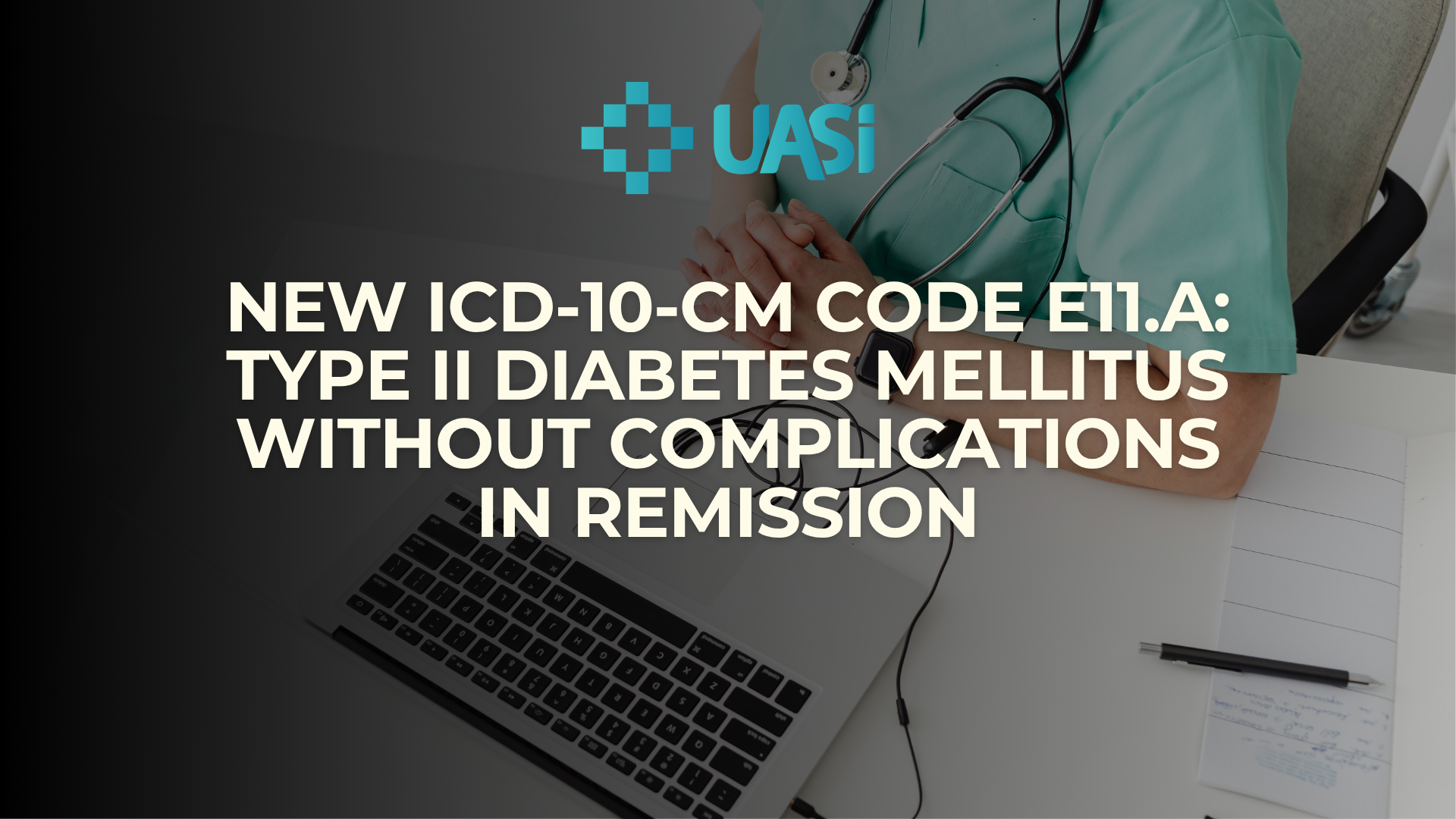March 20, 2025
The Rising Challenge of Healthcare Denials
Healthcare denials are increasing at an alarming rate, creating significant challenges for providers. According to the 2023 Change Healthcare Denials Index, denial rates have risen to 10-15%, up from 6-10% a decade ago.
This trend places a strain on revenue cycles, as denials now account for 3-5% of net patient revenue and cost $25 to $50 per claim to rework. For larger health systems, this translates to millions in lost revenue annually.
Denials often stem from:
- Eligibility issues
- Coding errors
- Incomplete documentation
- Untimely filing
- Duplicate claims
- Non-covered services
These issues delay reimbursements, increase administrative costs, and disrupt cash flow—especially for smaller practices.
Why Are Denials Increasing?
Several key factors are driving the rise in healthcare denials:
1. Stricter Payer Requirements
Payers are enforcing more rigorous guidelines, including prior authorization, detailed medical necessity documentation, and precise coding accuracy. Automated claim review systems are flagging and denying claims at an increasing rate.
2. Regulatory Complexity
Frequent updates to ICD-10 and CPT coding standards, along with policies like the No Surprises Act, add administrative burdens that increase the chance of claim processing errors.
3. Workforce Shortages
Staffing shortages and turnover in coding and billing departments lead to backlogs and mistakes. Many organizations still rely on outdated systems, lacking AI-powered claim scrubbing or predictive analytics.
4. High-Deductible Health Plans (HDHPs)
As more financial responsibility shifts to patients, eligibility verification challenges and higher patient payment denials have become prevalent.
Strategies to Reduce Healthcare Denials
To mitigate the impact of rising denials, organizations can implement the following data-driven strategies:
1. Strengthen Front-End Processes
- Verify eligibility and obtain prior authorizations early
- Ensure accurate patient information collection
2. Improve Coding and Documentation
- Invest in staff training and clinical documentation improvement (CDI) programs
- Utilize computer-assisted coding (CAC) tools
3. Leverage Technology
- Implement AI-powered claim scrubbing
- Use predictive analytics and automated denial management workflows
4. Monitor Denial Data
- Track denial rates by payer and reason
- Establish key performance indicators (KPIs) and conduct regular audits
5. Foster Collaboration
- Break down silos between revenue cycle teams
- Create cross-functional groups to address root causes
6. Engage Payers
- Build strong relationships with payers
- Negotiate clearer contract terms and resolve disputes efficiently
7. Enhance Patient Communication
- Educate patients about their financial responsibilities upfront
- Provide transparent billing statements and assistance with resolving denied claims
The Future of Denial Management
As healthcare complexity grows, denial rates are likely to continue rising. However, emerging technologies like AI, automation, and enhanced price transparency tools offer hope for reducing denials. Regulatory reforms aimed at simplifying billing processes could further alleviate the burden.
By adopting proactive denial management strategies, investing in technology, and improving internal processes, providers can minimize denials and strengthen their revenue cycles—ensuring long-term financial sustainability and better patient care.
Need Help Reducing Denials?
UASI offers expert support in denial management and process optimization. Our tailored solutions help reduce denials, improve cash flow, and safeguard your organization's financial health.
📩
Get in Touch:
info@uasisolutions.com
🌐
Learn More:
www.uasisolutions.com













